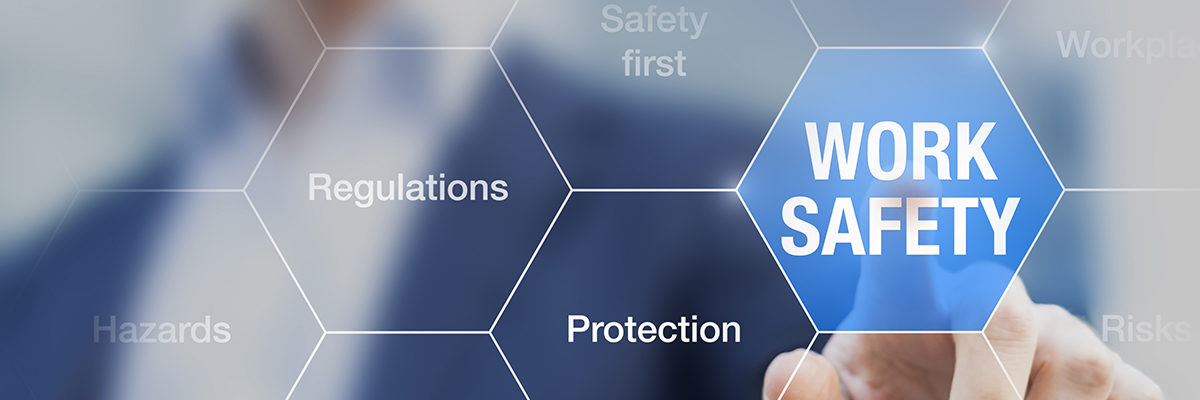Under health and safety legislation in Great Britain and Northern Ireland, all employers are required, as far as is reasonably practicable, to ensure the health, safety and welfare of employees. This also extends to non-employees in certain circumstances, so in schools this will apply to pupils and volunteers.
The Health and Safety Executive Short Guide to Regulations (pdf) also states that all potential hazards must be risk assessed. This applies in all parts of the UK. This includes physical hazards, such as slips and trips, and psychosocial hazards, such as work-related stress. The NASUWT has produced separate guidance on stress risk assessments.
Risk assessments must be specific to the circumstances of the hazard. Generic risk assessments can be used, but must always be adapted to the site in question. In some circumstances, individual risk assessments will be required in relation to either employees or pupils. Risk assessments for potentially violent pupils are extremely important, and the NASUWT has produced extensive guidance on this.
Teachers carry out risk assessments all the time, often without realising it, when planning lessons and activities. Although written risk assessments are not required for every classroom activity, where there are specific substantial hazards, these assessments should be written down. At all times, members should remember that they are responsible for activities within their classrooms and if an accident occurs, any investigation is likely to focus on the risk assessment that was undertaken.
Where an employer carries out a risk assessment, in all school settings it must be written down and shared with relevant staff. Employers should consult with competent persons in compiling risk assessments. Having a suitably qualified person is vitally important for many risk assessments, including asbestos, fire, and legionella risk assessments.
The process of risk assessment is the same in all circumstances: the risk should be identified, its severity and likelihood assessed, along with who it is likely to harm, and then control measures put in place to reduce, or preferably eliminate the hazard.
The emphasis should always be on adapting/changing procedures to remove hazards. Only if the hazard cannot be removed and adequately controlled should personal protective equipment (PPE) be deployed. PPE is always the last resort when all other options have been exhausted. For example, in a technology setting, dust is a significant hazard. This should be managed via dust extraction systems, rather than the provision of PPE in the form of masks.
The HSE Guide to the Law sets out the regulatory requirement that employees are consulted on health and safety matters, including risk assessments. Having an NASUWT Health and Safety Representative is extremely useful in the consultation process and members in workplaces without a Health and Safety Representative should consider electing one. Risk assessments must also be reviewed regularly, again in consultation with the workforce.
The HSE has produced extensive guidance on the risk assessment process, including a model risk assessment template.
Anonymous feedback
If you require a response from us, please DO NOT use this form. Please use our Contact Us page instead.
In our continued efforts to improve the website, we evaluate all the feedback you leave here because your insight is invaluable to us, but all your comments are processed anonymously and we are unable to respond to them directly.

